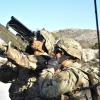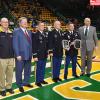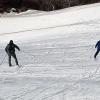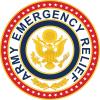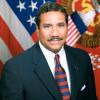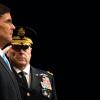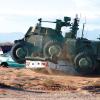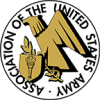Medical readiness is essential to Army Reserve units’ ability to deploy and conduct their missions.
“Readiness is the number one priority of the Army today, and medical readiness is the biggest feeder for overall readiness,” said Command Sgt. Maj. Raymond Brown, the senior enlisted leader of the Army Reserve’s 7th Mission Support Command (MSC), Kaiserslautern, Germany.
The Periodic Health Assessment (PHA) and its annual medical and dental examination are the keys, he said. Each individual is responsible for medical readiness, and it’s the first line leader’s job to ensure their soldiers...




